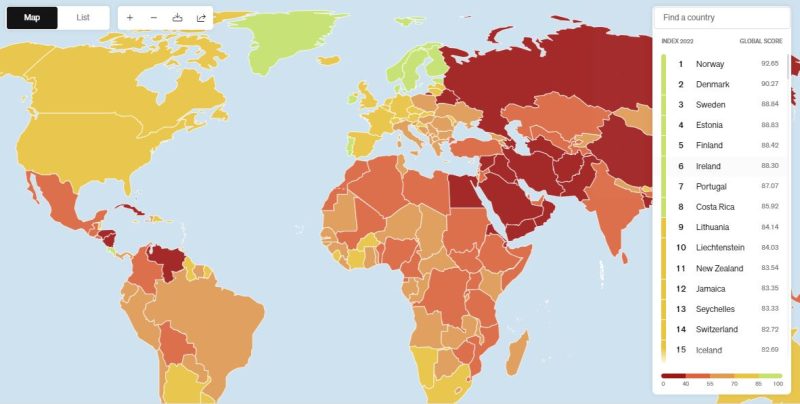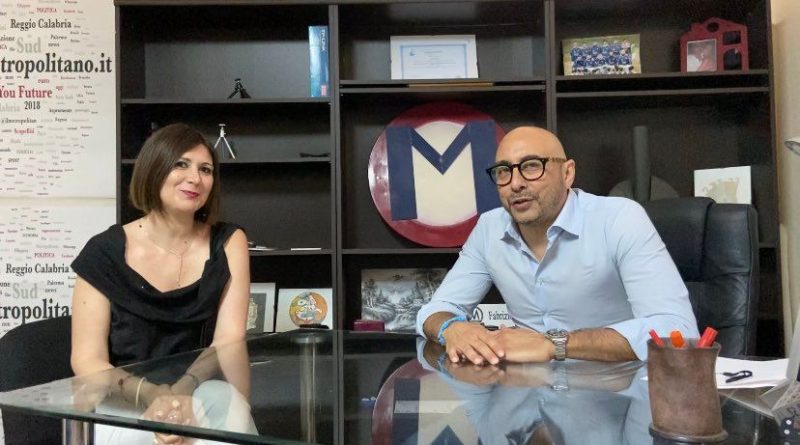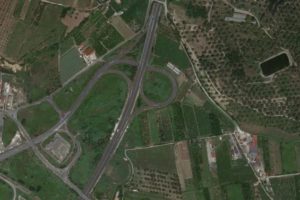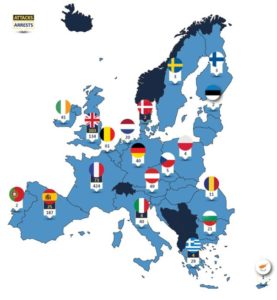 Between early 2015 and the summer of 2016, the picture of migrant smuggling to and within the EU has undergone significant changes. One key development is the shift in migrant smuggling routes used to enter the EU and reach preferred destination countries. In the past weeks, crossings along the Eastern Mediterranean route have increased, whereas the Central Mediterranean route continues to be the primary entry route for migrant smuggling into the EU in 2016. A number of features of migrant smuggling remain nonetheless consistent throughout the whole period under consideration. Smugglers have demonstrated a constant ability to adapt to stricter border controls and use new routes and modi operandi to evade law enforcement attention and maintain their highly profitable business. Bottlenecks and informal camps have emerged at intra-Schengen border areas where stricter controls have been implemented (Idomeni, Dunkirk, Como etc.). As a result these have become a preferred place for smugglers to advertise their services to stranded migrants, increasingly offering fraudulent documents to allow them to move forward into the EU. Labour exploitation also remains a constant risk for irregular migrants who are vulnerable to abuse and debt bondage by criminal networks. The number of suspects contributed to Europol has continued to increase, with more than 12 000 new suspects reported to and identified by Europol in the first eight months of this year alone. The nationalities of these suspects reflect the evolution of the migratory routes as smuggling networks tend to use local nationals to facilitate the transport and accommodation of irregular migrants.
Between early 2015 and the summer of 2016, the picture of migrant smuggling to and within the EU has undergone significant changes. One key development is the shift in migrant smuggling routes used to enter the EU and reach preferred destination countries. In the past weeks, crossings along the Eastern Mediterranean route have increased, whereas the Central Mediterranean route continues to be the primary entry route for migrant smuggling into the EU in 2016. A number of features of migrant smuggling remain nonetheless consistent throughout the whole period under consideration. Smugglers have demonstrated a constant ability to adapt to stricter border controls and use new routes and modi operandi to evade law enforcement attention and maintain their highly profitable business. Bottlenecks and informal camps have emerged at intra-Schengen border areas where stricter controls have been implemented (Idomeni, Dunkirk, Como etc.). As a result these have become a preferred place for smugglers to advertise their services to stranded migrants, increasingly offering fraudulent documents to allow them to move forward into the EU. Labour exploitation also remains a constant risk for irregular migrants who are vulnerable to abuse and debt bondage by criminal networks. The number of suspects contributed to Europol has continued to increase, with more than 12 000 new suspects reported to and identified by Europol in the first eight months of this year alone. The nationalities of these suspects reflect the evolution of the migratory routes as smuggling networks tend to use local nationals to facilitate the transport and accommodation of irregular migrants.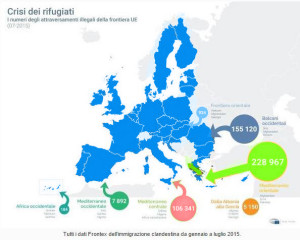 Europol and its European Migrant Smuggling Centre (EMSC) currently has 42 experts and analysts providing operational and analytical support to the EU Member States fighting migrant smuggling. Together they have so far supported 62 high-level investigations. Europol experts are currently deployed at the hotspots in Greece and Italy and a pool of guest officers is to be deployed shortly to the hotspots. Robert Crepinko, Head of Europol’s European Migrant Smuggling Centre, said: “The EMSC plays a decisive role in proactively supporting Member States to target and dismantle organised crime network involved in migrant smuggling, Such support includes the monitoring of the flows of irregular migrants into the EU as well as the activities of criminal networks facilitating their journey. By sharing such valuable information with its stakeholders, the EMSC acts as an information hub, contributing to the overall intelligence picture and helping Member States enhance their response to this unprecedented crisis”. More information on the latest trends can be found in the EPMT infographic.
Europol and its European Migrant Smuggling Centre (EMSC) currently has 42 experts and analysts providing operational and analytical support to the EU Member States fighting migrant smuggling. Together they have so far supported 62 high-level investigations. Europol experts are currently deployed at the hotspots in Greece and Italy and a pool of guest officers is to be deployed shortly to the hotspots. Robert Crepinko, Head of Europol’s European Migrant Smuggling Centre, said: “The EMSC plays a decisive role in proactively supporting Member States to target and dismantle organised crime network involved in migrant smuggling, Such support includes the monitoring of the flows of irregular migrants into the EU as well as the activities of criminal networks facilitating their journey. By sharing such valuable information with its stakeholders, the EMSC acts as an information hub, contributing to the overall intelligence picture and helping Member States enhance their response to this unprecedented crisis”. More information on the latest trends can be found in the EPMT infographic.
c.s. – Europol

